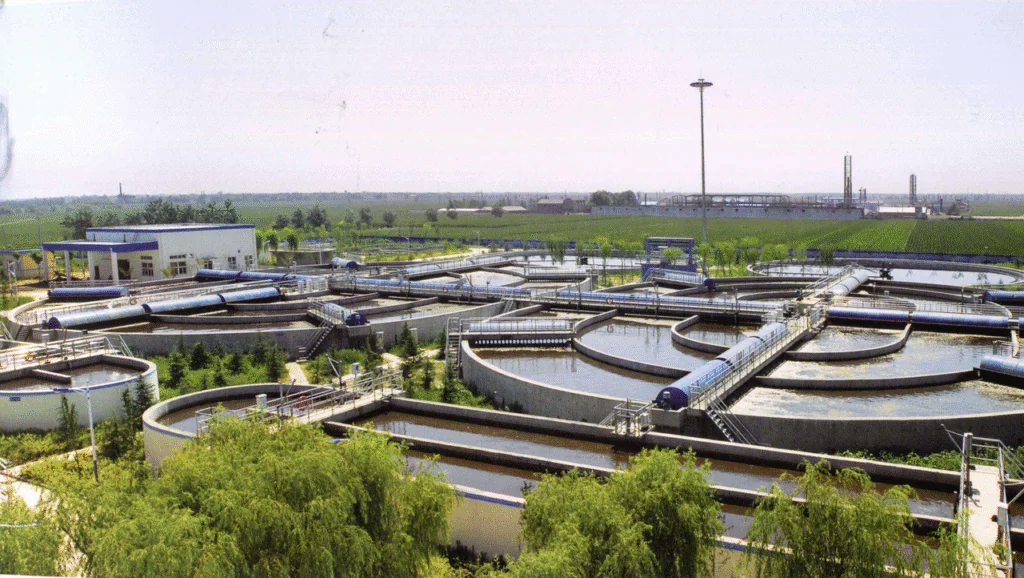In wastewater treatment, a Dissolved Air Flotation (DAF) machine is a key unit for pre-treatment. Its performance directly affects the load on the biological treatment stage.
DAF uses chemicals like Polymeric Aluminum Chloride (PAC) and Polyacrylamide (PAM) to remove suspended solids (SS). This lowers the organic load and improves overall efficiency.
However, Turbid Effluent coming from the DAF is a common issue. It can even impact the whole wastewater system if not solved. This article looks at five main reasons for DAF Turbid Effluent and shares tips to help you solve the problem quickly.

Raw Water Quality Fluctuations
Changes in raw water quality can cause unstable DAF performance.
Key factors include:
- Abnormal pH: If pH is too high or too low, PAC and PAM cannot work well. Floc cannot form properly.
- Flow Rate Too High: If water flows too fast, chemicals do not have enough time to react.
- High Suspended Solids (SS): If SS is too high, DAF cannot handle the load, causing Turbid Effluent.
Tip: It is recommended to implement real-time online monitoring of raw water quality, and adjust the operation of front-end equalization basins or incorporate buffering stages when necessary to optimize treatment stability.
Problems with Chemical Dosing and Selection
Unreasonable use of chemicals is a common factor affecting flocculation efficiency:
Common problems are:
- Under-dosing or Over-dosing: Too little chemical leads to weak flocculation. Too much can cause water to turn cloudy again.
- Wrong Type: Usually, Anionic PAM and PAC work well. But for high-organic wastewater, you may need Cationic PAM for better removal.
- Chemical Aging: PAM solutions degrade over time. Old PAM loses activity and flocculates poorly.
Tip: Regularly check chemical concentration and activity. Through small tests to find the best dosing amount and chemical type.
Equipment Setting Problems
Equipment performance directly impacts DAF water quality.
Issues may include:
- Wrong Air-Water Ratio: Not enough microbubbles will lower flotation efficiency.
- Low Pressure: If the pressure in the air-saturation tank is too low, fewer bubbles are created.
- Blocked Releaser: If the air releaser is clogged, bubbles are uneven, and flocculation suffers.
Tip: Regularly check the air system. Make sure bubbles are small and evenly spread.

Recycle Water Quality & Condition of Release Units
Poor recycle water quality can affect the air releaser:
- High solids content in recycled water: Accelerates clogging of release units, impairing effective microbubble release;
- Delayed maintenance of release units: Establish routine maintenance schedules (e.g., weekly flushing, quarterly replacement) to prevent blockages.
Tip: Clean recycle pipes and the releaser regularly to keep microbubbles stable.
Delayed discharge of bottom sludge
If sludge is not removed from the DAF tank, it piles up and causes:
- Sludge flotation due to hydraulic disturbance;
- Deterioration of effluent quality in the clarified water zone.
Tip: Set an automatic sludge discharge schedule based on system load.
Conclusion: Fine Control Brings Clearer Water
Cloudy DAF water is usually caused by a mix of problems, not just one.
By controlling inflow conditions, improving chemical use, maintaining equipment, and keeping systems clean, you can greatly improve DAF performance.
Clear DAF water ensures stable and efficient wastewater treatment.
